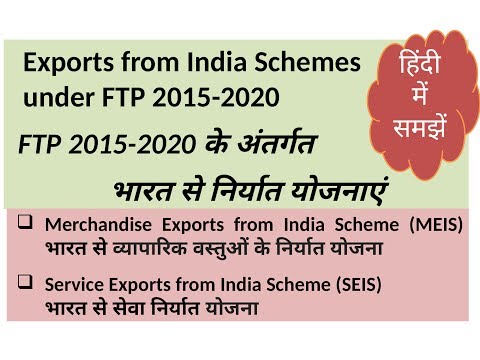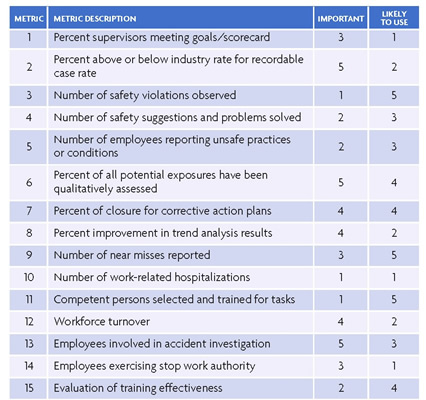
The investor sets a sell stop order for 100 shares of XYZ Corp at a price of $80/share. Should the price of XYZ shares drop to $80, the sell stop order will immediately convert into a market order and result in the investor’s position being closed. The stop price you set triggers the execution of the order and is based on the price at which the stock was last traded. The limit price you set is the limit that sets price constraints on the trade and must be executed at that price or better. “This type of order gets one last chance to fulfill before it’s canceled without any execution. It helps protect against whipsaws and sudden spikes — especially on highly volatile stocks.” The main disadvantage is that a short-term fluctuation in a stock’s price could activate the stop price.
Here’s a review of the various types of stop orders and how they function relative to your trading position in the market. Charts and graphs provided within are for informational purposes solely and should not be relied upon when making any investment decision. Any projections, estimates, forecasts, targets, prospects, and/or opinions expressed in these materials are subject to change without notice and may differ or be contrary to opinions expressed by others. Understanding different order types and how they play into your investment goals can help you build a strategy to get the most out of your investments while minimizing costs. Due to the large volumes and the need for compliance checks to protect against fraud, the IRS is unable to expedite individual claims.
Your assets are protected at Schwab.
The information provided here is for general informational purposes only and should not be considered an individualized recommendation or personalized investment advice. The investment strategies mentioned here may not be suitable for everyone. Each investor needs to review an investment strategy for his or her own particular situation before making any investment decision.
Market Order Vs Limit Order Vs Stop Order: How The Different Types … – DollarsAndSense.sg
Market Order Vs Limit Order Vs Stop Order: How The Different Types ….
Posted: Fri, 01 Sep 2023 07:00:00 GMT [source]
While this strategy has its benefits, you should be aware that price fluctuations throughout the day can trigger an order and be “substantially inferior” to the closing price of the stock for that day, according to Investor.gov. All expressions of opinion are subject to change without notice in reaction to shifting market conditions. Data contained herein from third-party providers is obtained from what are considered reliable sources. This website is using a security service to protect itself from online attacks. There are several actions that could trigger this block including submitting a certain word or phrase, a SQL command or malformed data.
If there’s a drop and someone sells at or below $22, this triggers your order. This means that the order becomes a market order and you can encumbrance accounting sell at the next price available. A normal stop order will turn into a traditional market order when your stop price is met or exceeded.
How are Stop Orders Used by Investors
This is opposite to limit orders where buys can execute at a lower limit price, or sells can execute at a higher limit price. Investors can use stop orders to limit losses, protect profits, or enter trades on the strength of a trend. A stop-loss order will get triggered at the market price once the stop-loss level has been breached.

You now have a position in the market, and you need to establish, at the minimum, a stop-loss (S/L) order for that position. Such orders are typically linked and known as a one-cancels-the-other (OCO) order, meaning if the T/P order is filled, the S/L order will be automatically canceled, and vice versa. One of the most significant downfalls to stop orders is that short-term price fluctuations can cause you to lose a position.
IRS Criminal Investigation (IRS-CI) investigates a variety of COVID fraud allegations ranging from fraudulently obtained employee refund tax credits to falsified Paycheck Protection Program loans. To date, IRS-CI has uncovered suspected pandemic fraud totaling more than $8 billion. As of July 31, 2023, IRS-CI has initiated 252 investigations involving over $2.8 billion of potentially fraudulent Employee Retention Credit claims.
Cite this Entry
Because the best available price is used, a stop order turns into a market order when the stop price is reached. A market order is an order to buy or sell at the best available price, like when you tell your broker to purchase a stock (not when you’re trading, just if you’re buying a stock)—they buy it at the best price as soon as they can. A stop-loss order limits your exposure to less of a loss than you might otherwise experience by automatically closing out your position if your stock trades to an unfavorable market price level that you designate. If you use a trailing stop with your stop-loss order, that protection can move with your position even as it increases in value.
- That means it can be different from the stop price especially during volatile market conditions.
- The limit price you set is the limit that sets price constraints on the trade and must be executed at that price or better.
- Technical analysis, the study of trends and patterns in market prices, is important when setting appropriate stops and limits.
- As long as the order can be filled under $165, which is the limit price, the trade will be filled.
For example, a trader may buy a stock and place a stop-loss order with a stop 10% below the stock’s purchase price. Should the stock price drop to that 10% level, the stop-loss order is triggered and the stock would be sold at the best available price. If the price stays the same or falls from the initial bid or highest subsequent high, the trailing stop maintains its current trigger price.
Limit Orders
In contrast, a stop-limit order becomes a limit order when the stop price is reached, and will only be executed at the limit price or better. A stop order, also referred to as a stop-loss order, is an order to buy or sell a stock once the price of the stock reaches a specified price, known as the stop price. A buy stop order is entered at a stop price above the current market price.
- If the stock price has dropped sharply, and a sell order cannot be executed at $48.50 or higher, the 100 shares of XYZ will remain unsold.
- If you try to place a pending sell order with a price cheaper than the current price, the trading platform will automatically create a Sell Stop order.
- Market orders are optimal when the primary goal is to execute the trade immediately.
- Both buy-stop and sell-stop orders may be used to either enter or exit a trade.
Does the stock experience large swings in short periods, even in a single day? For example, if Tesla drops to $625 as trading opens, the broker begins selling per Jane’s order, and he gets $615 for her. By the afternoon, Tesla is rebounding, and closes at $660—above Jane’s original purchase price of $650. If she had waited a while, without a stop-limit, she might have sold at a profit instead of a loss.
CFDs are complex instruments and come with a high risk of losing money rapidly due to leverage. You should consider whether you understand how CFDs work and whether you can afford to take the high risk of losing your money. Consider the price movement of a stock ABC that is poised to break out of its trading range of between $9 and $10. Let’s a say a trader bets on a price increase beyond that range for ABC and places a buy stop order at $10.20.
How Are Limit Orders Different From Stop Orders?
They can be used to conserve profits, to avoid or limit losses, or to enter a new market position when a trader believes that it may be profitable to do so. In the above scenario, assume that the trader has a large short position on ABC, meaning that she is betting on a future decline in its price. To hedge against the risk of the stock’s movement in the opposite direction https://1investing.in/ i.e., an increase of its price, the trader places a buy stop order that triggers a buy position if ABC’s price increase. Thus, even if the stock moves in the opposite direction, the trader stands to offset her losses. In addition, a stop-loss order is guaranteed to be executed once the stop price is triggered, but the execution price may not be guaranteed.
One benefit of using a stop-loss is that it can help prevent emotion-driven decisions, such as holding onto a losing investment in the hopes that it will eventually recover. A stop-loss order can also be useful for investors who cannot constantly monitor their investments. A stop-loss order assures execution, while a stop-limit order ensures a fill at the desired price. The decision regarding which type of order to use depends on a number of factors. When a stop order is submitted, it is sent to the execution venue and placed on the order book, where it remains until the stop triggers, expires, or is canceled by the trader.
If the declining bid price reaches, or crosses down through, the trigger price, the trailing stop triggers a market order to sell. After the market order is submitted, it generally will result in an execution, but there’s no guarantee that you’ll get any specific execution price or price range. The resulting execution price may be above, at, or below the trailing stop’s trigger price itself. A trailing stop order is a variation on a standard stop order that can help stock traders who want to potentially follow the trend while managing their exit strategy. Here we explain trailing stop orders, consider why, when, and how they might be used, and discuss their potential risks.
A traditional stop order will be filled in its entirety, regardless of any changes in the current market price as the trades are completed. A stop-limit order is a conditional trade over a set time frame that combines the features of stop with those of a limit order and is used to mitigate risk. Stop orders are also commonly used by traders to initiate a new market position only in the event of certain circumstances that the investor believes will make a trade likely to be profitable.



